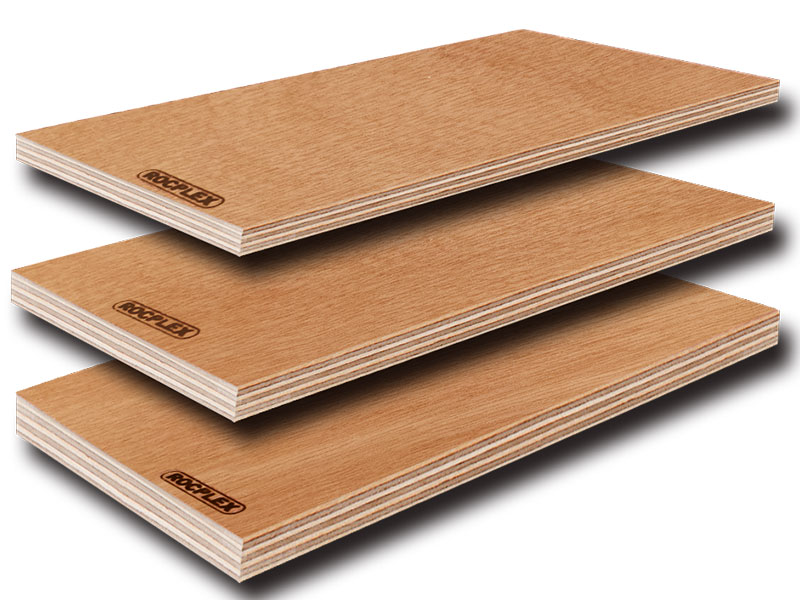In the plywood production process, hot pressing is a very important procedure, a process to shape the product and is irreversible.
But there were quality problems of plywood, especially bubbling caused great losses to the company. It is therefore essential to understand and master the causes and prevention methods for the bubbling of open gum during hot pressing in order to guide plywood production and avoid this phenomenon.
Reasons and precautions for the generation of plywood blisters during hot pressing
1. Water Content of Plywood Factory:
The plywood veneer water content exceeds process standards and is the main reason for bubbling. Substrate panels require that the plywood water content is controlled at 8 ~ 12% in Eucalyptus to reach more than 15% and the hot pressing operator can easily produce bubble panels without taking any further steps. Production of veneers therefore the first priority is the strict control of the water content of the panels in the process, which must meet the requirements specified by the process.
2. Press temperature of Plywood:
High and low temperatures of hot press platens are also the main reasons for producing blisters, and the higher the temperature, the more easily the blister plate is generated. But in order to guarantee the gluing strength or dip stripping strength of the
veneer, a certain temperature must again be reached in order for the glue to solidify sufficiently. As glue cannot go below 105 ◦ C this creates a contradiction, therefore the control of temperature appears very important during the production process, both to
guarantee the plywood strength of the gluing and to not produce a blister.
Generally plywood production substrate plates should be controlled between 105 ° C and 120 ° C before doublet adduction can be achieved. It is also stated that hot press platens can hardly reach the same temperature in each platen of upper, lower, left and
right because of fabrication and other reasons, there is a certain temperature difference. So when plywood pressing, care is taken to check that the feed and drain of the least hot and hot even if the hot press is adjusted so that it meets the hot pressing
process requirements.
3. Unload time of Plywood:
Since the plywood veneers contains some water, combined with the water portion in the glue solution, the plate embryos still contain a large amount of water portion. The water fraction is not easily expelled during platen closing hot pressing, such that
the high pressure of water vapor forms in the middle of the slab is eliminated as the slab temperature increases.
By the time the unloading pressure is removed, the plywood quickly removes, the water vapor is released by flushing the glue layer due to the sudden drop of external pressure, producing a bubble plate. Thus the plywood press operator must control the unloading
speed, with slow drop platens allowing the water vapor in the plate embryos to drain gradually, not pressing the gel layer, to avoid the bubble plate, preferably manually when unloading.
#plywood #plywood manufacturer # china plywood manufacturer @ROCPLEX
Post time: Nov-21-2022


